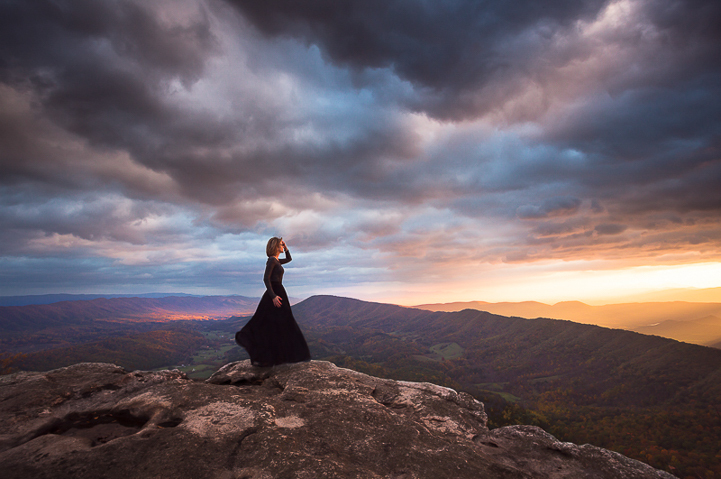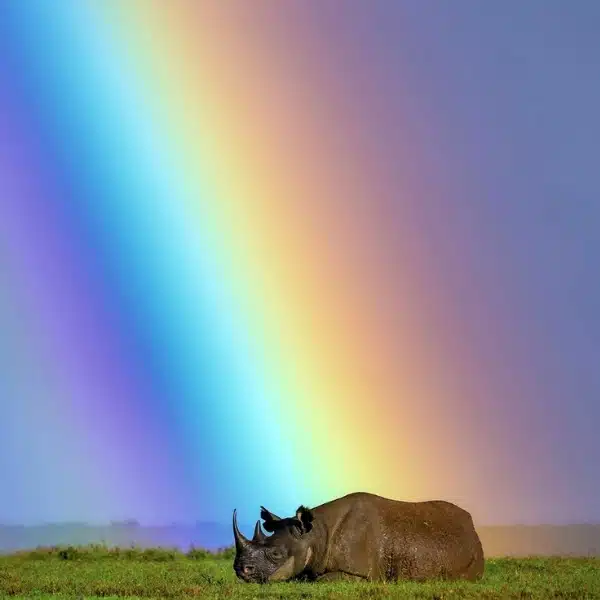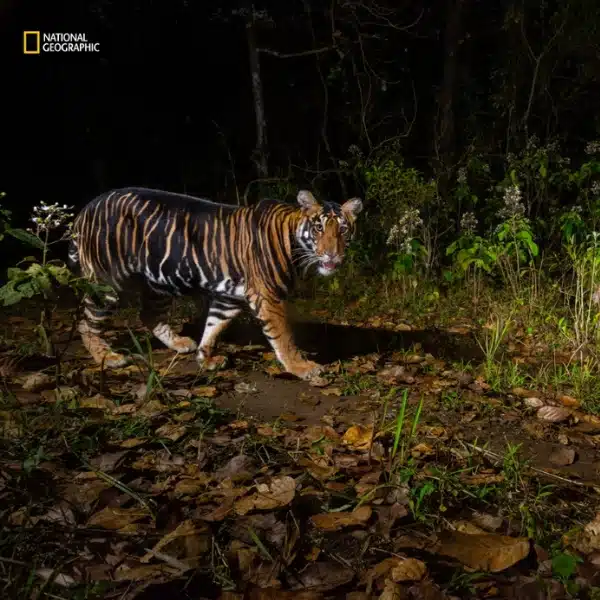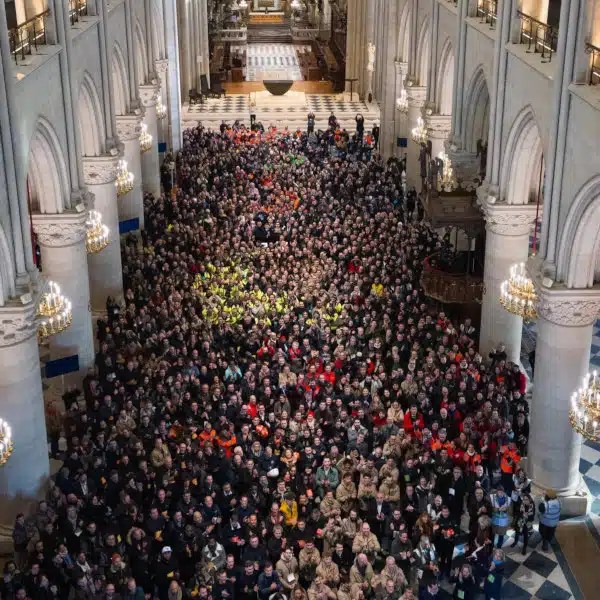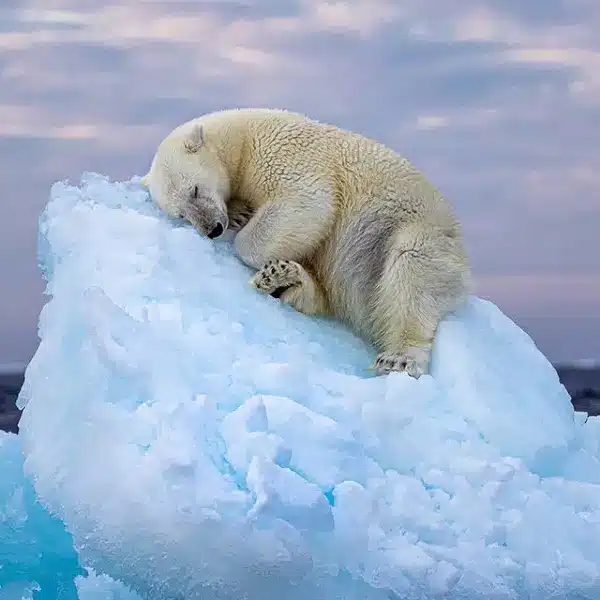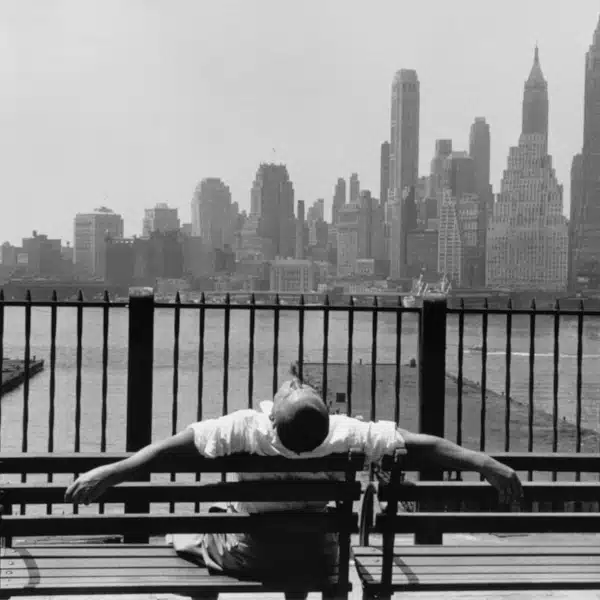Nestled in the Blue Mountains of Virginia, photographer Michele Sons has finally found herself a place to settle down after a lifetime of wanderlust. With a father whose career required frequent moves abroad, she has always been a traveler. Michele was naturally drawn to documenting her experiences and she found herself picking up a camera to do just that. Inspired by her need to express how empowering it felt to be alone in nature, she started a series called The Feminine Landscape. It fueled her love of new experiences, encouraging her to circle the globe to perfect her beloved craft. From Antartica to Death Valley, Michele has created conceptual self-portraits grounded in reality, balancing her talent in landscape photography with a powerful desire to explore the sense of connection she feels to the places she visits.
We were so grateful to catch up with Michele for a Behind The Lens look into The Feminine Landscape.
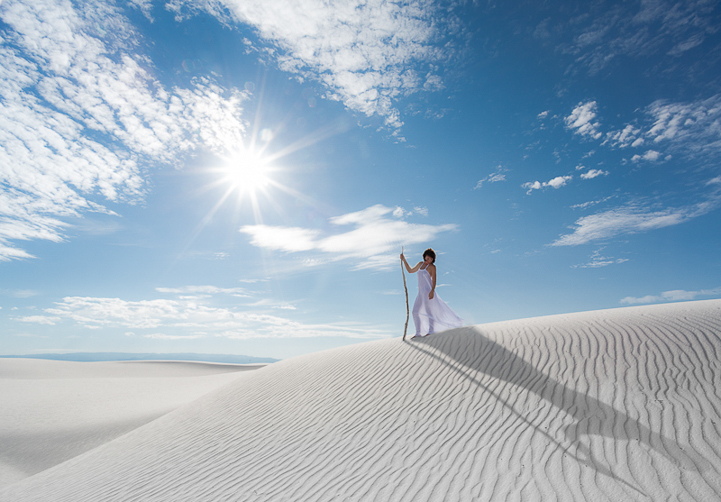
Can you tell us a bit about your journey into photography?
I traveled extensively in my twenties and I always had a camera with me. Although I loved photography, I never progressed beyond snapshots until six years ago. It was then I began to learn how to take real control of my camera and to think about photography as an art form. I was especially interested in artistic portraiture, I think because my daughter was young at the time and it seemed natural to me, but a year later I took a trip out west to spend time photographing landscapes. I knew I had found something that really resonated for me.
What are some of your interests?
Travel has been a large and constant part of my life. When I was young, my father's job led my family to many different places, and we moved often. On top of that, I have family all over the world, and so we were always visiting someone in another country. Those circumstances fostered an abiding love of travel and new experiences. I adore wild places and spend time in them as much as I can. Hiking and camping and being in the outdoors is very important to me. I go a little crazy if I don't do these things on a regular basis. I also love to read, and I've been trying to carve out more time for this as it inspires my artistry and informs my photography.
Where do you call home?
Home today is southwest Virginia, where I've lived for about 13 years. I was born in London and, as I mentioned, my family moved very regularly between England and the States. As an adult, I've lived literally all over the world in a nomadic existence until I became a mother. Then I settled here in the Blue Ridge Mountains.
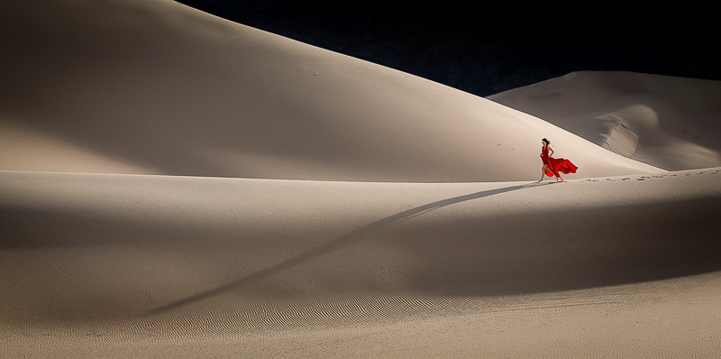
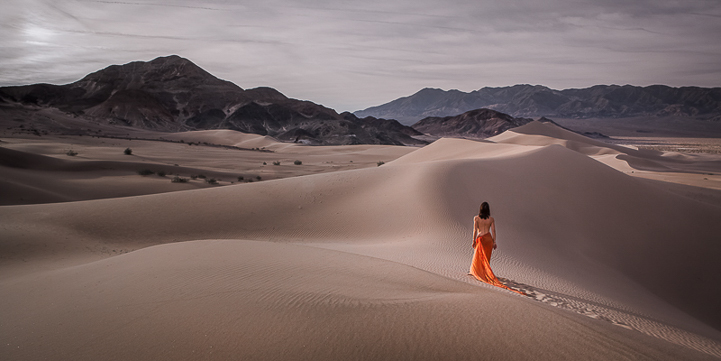
What inspired the series The Feminine Landscape?
At its inception, it was simply a way to combine both portraiture and landscape work, my two loves. But over time, a number of other elements have converged to make the project what it is today. I was very drawn to landscape images that included the human form because it gives such a sense of scale and provides a wonderful opportunity to tell a story. More importantly, I've long been fascinated with the idea that we can leave impressions of ourselves on places, that there is dialogue between people and place, not just the egocentric thought that the impression runs only one way. That place can hold memories of us as individuals is an idea alluded to by the author Isak Dinesen in her book “Out of Africa,” and one that I have been inspired by since reading it as a teenager. The Feminine Landscape is an exploration of that concept.
How much planning went into a setting up a shoot for the series?
The series is mostly driven by my landscape shooting, and so I definitely have to plan for that with regard to season, time of day, weather and the like. In terms of The Feminine Landscape images, I usually have a vague idea of what I would like to accomplish, but I try not to over structure the process. I want to remain open to whatever the experience is going to be, rather than engineer it. I do have to decide on what dress to shove down in my pack, so I must consider color and form and what will work best in the setting I am photographing, but I find that the more organic and natural the process, the better the outcome.
The series is made up of mostly self portraits, can you tell us a bit about how you get the perfect shot?
Endless trial and error! It usually takes a lot of shots to get something that feels right. I set up using a tripod, establish a starting exposure, and attach a remote to my camera. Then I step into the scene and begin firing off shots, varying pose and position within the frame. I run back and forth to the camera a lot, to see what worked and what didn't. The pose is the trickiest thing. I'm not very good at it, preferring “non-poses,” and it's just hard to really get a feel for how something will look. Sometimes it all comes together quickly, but more often it is a somewhat protracted process.
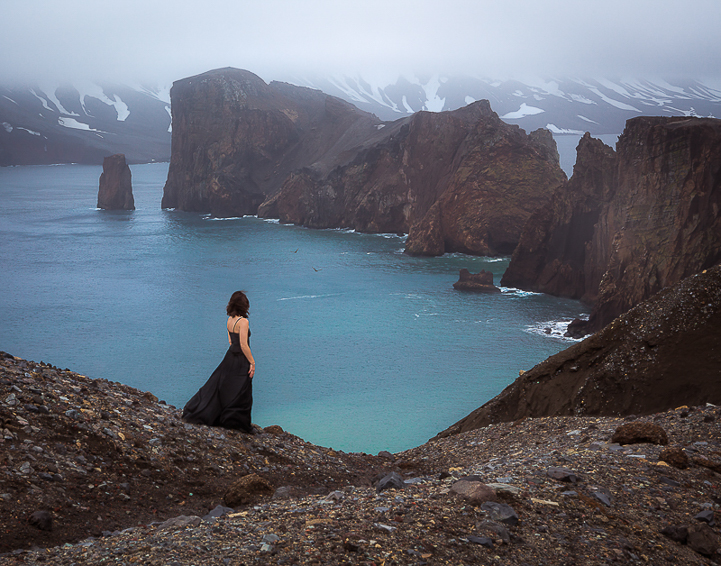
How do you light your photos? Do you use artificial or natural light?
Exclusively natural light so far, but I am beginning to broaden my thought process and so going forward, who knows…?
The landscapes you have found in your travels has been incredible. Where are some of the locations?
Some of my regular haunts on the East Coast include the Appalachian Trail and the Blue Ridge Parkway in Virginia and North Carolina, Great Smoky Mountains National Park in Tennessee, and Monongahela National Forest and the Potomac Highlands in West Virginia. I've travelled quite a bit in the deserts of the Southwest, and I've returned time and again to the Grand Canyon (North Rim and South Rim, as well as some of the most remote parts of the canyon like Havasupai), and Sedona, Arizona. White Sands National Monument, New Mexico and Death Valley National Park, California are both places I visited for the first time this year, and I have plans to return as I really loved the aesthetics of the sand dunes. I've also shot a little in coastal Maine, and I was incredibly fortunate to have visited Antarctica earlier this year.
What has been your favorite destination?
I would have to say that dunes in general are my favorite. I adore the soft, flowing forms and the simple color palette of the desert. The way those curves catch the light fascinates me. I feel very comfortable there, as if I am home.
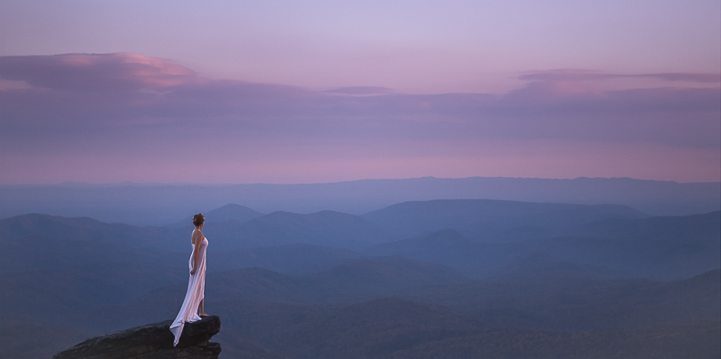
When is your favorite time to shoot?
The edges of the day are great for interesting light and drama, but I especially love overcast, soft light and fog.
What message do you want The Feminine Landscape to convey?
I hope this series conveys my love of nature and wild places, a powerful but nuanced sense of connection to place (a conversation, if you will), and also a sense of boldness and
adventurousness. So many of the women I know are amazed at the idea that I get out there and experience nature on my own terms. Being empowered enough to travel and hike and camp and just be alone in nature is something I treasure. It enriches my life. I hope that shows through in my art and inspires other women to be more confident in experiencing the outdoors for themselves.
What challenges have you faced while creating?
In terms of this series specifically, the big challenge is having to think as a photographer and also as a model. When I'm behind the camera, I'm thinking about the mood of the image I am creating and how I want to achieve that technically. But when I step out in front of the camera, I'm trying to envision things like scale, how I relate to the environment, where I am in the frame, my pose, and the changing light. It can be distracting and I don't always get it right.
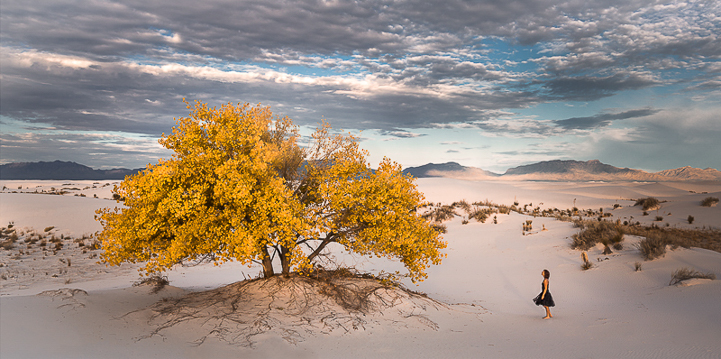
What's a must have in your gear bag?
A dress, haha! After that and beyond the obvious (camera and lens), I can't really shoot the land or The Feminine Landscape without my tripod, so I would say the tripod. I have a light but sturdy carbon fiber model with a high end ball head and an L bracket on my camera body. It's an elegant and effective setup that allows me to work quickly and confidently.
How much post processing goes into a completed photo?
Typically, I give myself a little more creative latitude than I do with my straight landscapes, and will sometimes experiment in post processing by nuancing color, light, and scale. However, I am not manufacturing these scenes, nor do I want to, so I am constrained by what was really there. I will composite skirts to achieve a flowing, blowing effect. Occasionally I will like the head position in one image and the body position in another, and so I will combine them to achieve the pose I envision. I have also had to clone out footprints or my remote control on the ground, things like that. But there's no sky replacement or placing myself in spots I have never been. I am depicting and expressing an actual experience. For me, without a sense of grounded reality, the series loses its meaning.

What are your plans for the future of The Feminine Landscape?
It's still very much a work in progress. I am constantly thinking of new ideas, and have accepted the challenge of taking my images “up a notch.” There's definitely more to come, in more exotic, international locations, so stay tuned. I am also beginning to plan for a related project that further explores the connection between women and place.
Do you have any advice for aspiring photographers?
I don't think I'm particularly qualified to be doling out advice, but I am happy to share what has worked well for me. Three things: 1) Shoot a lot and be patient with yourself: developing your skills and your vision is a long, slow process that involves a heavy investment of time and effort. 2) Find a mentor who will inspire you and help you grow as an artist. 3) Look beyond the field of photography for inspiration. I find I am more inspired by poetry and music than I am solely by others' images.
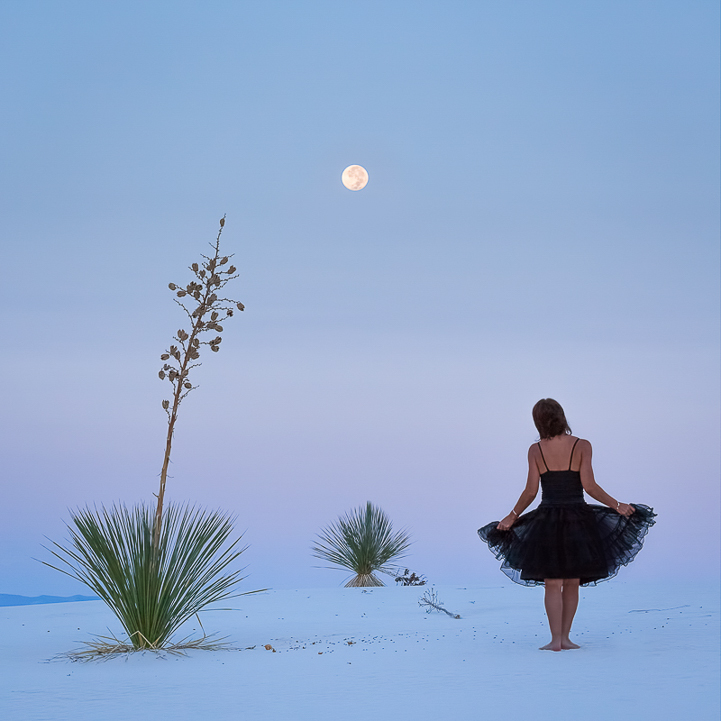
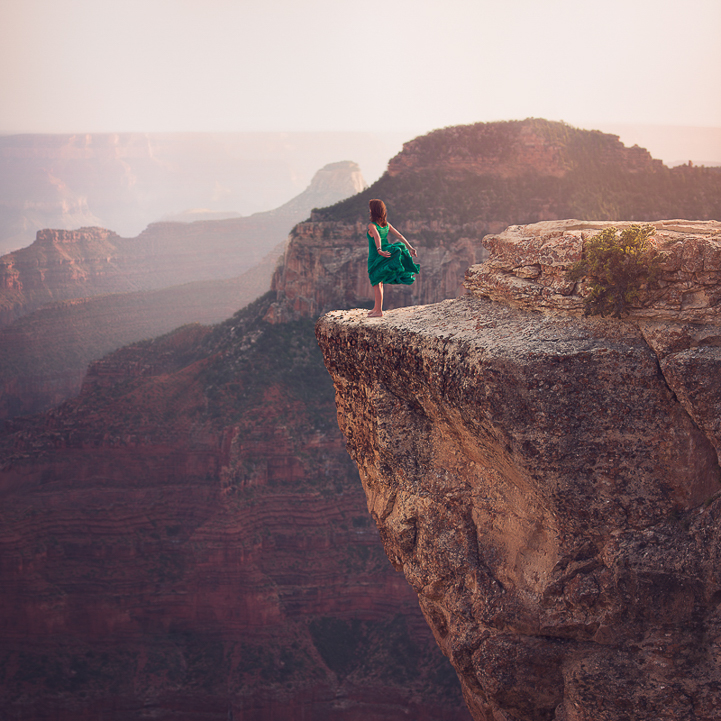
Thank you so much, Michele! If you would like to see more of this series, check out her website and Facebook page!
Are you a photographer? Would you like to be interviewed for the Behind The Lens series? Leave your links in the comments below!
